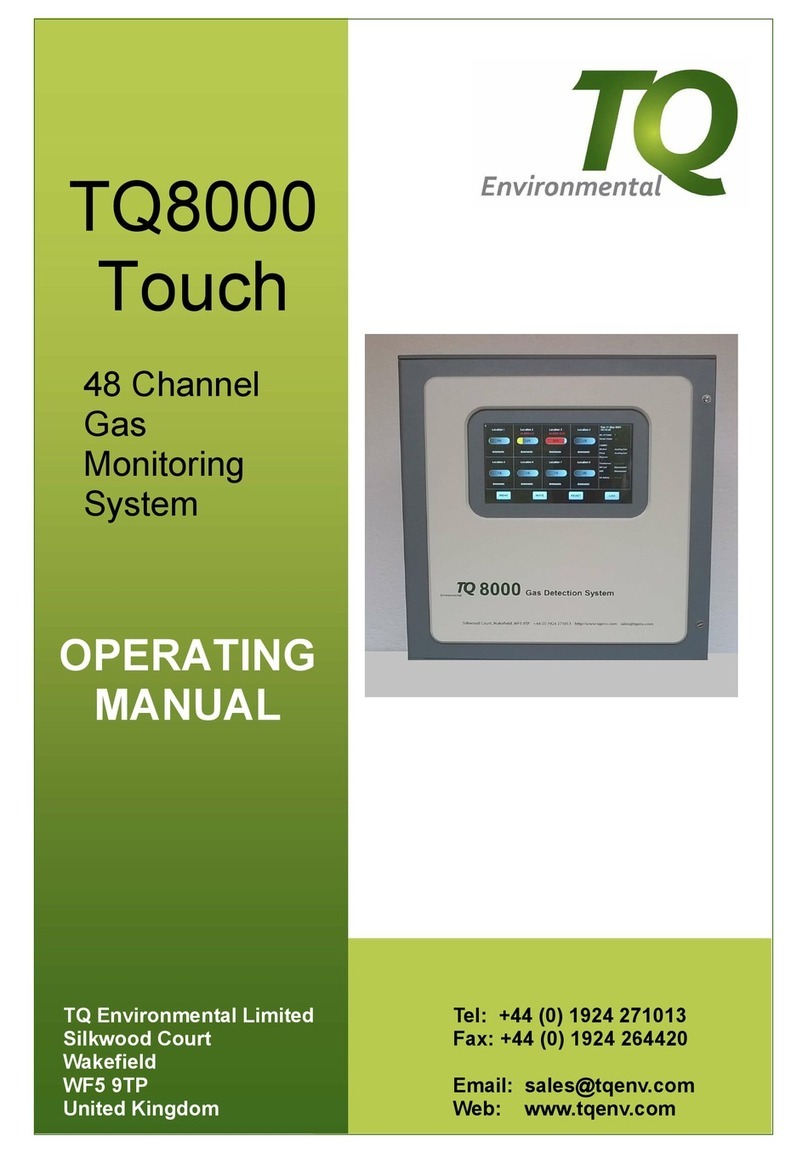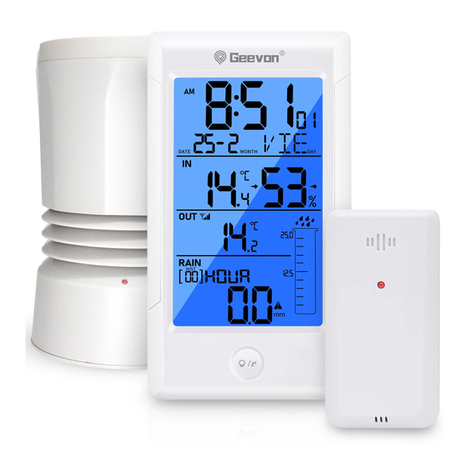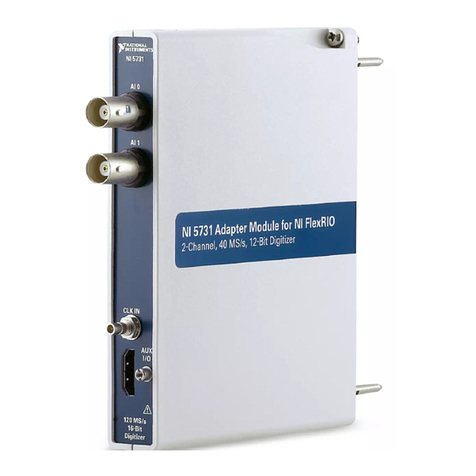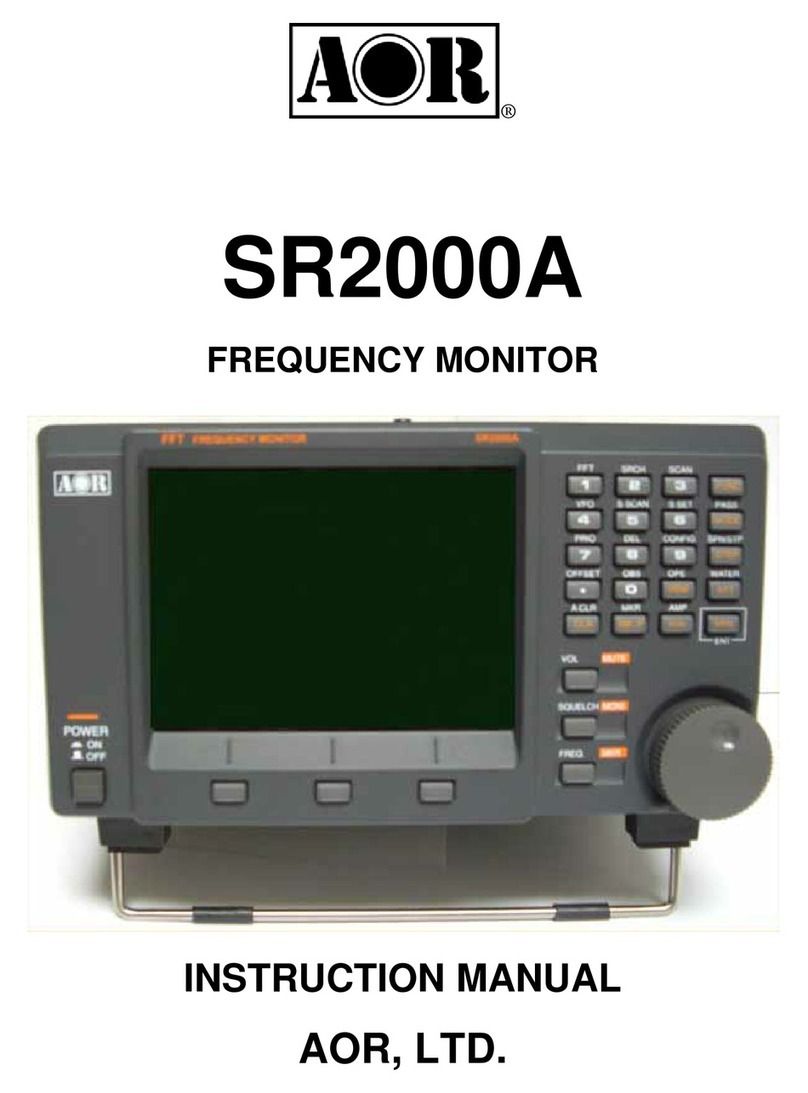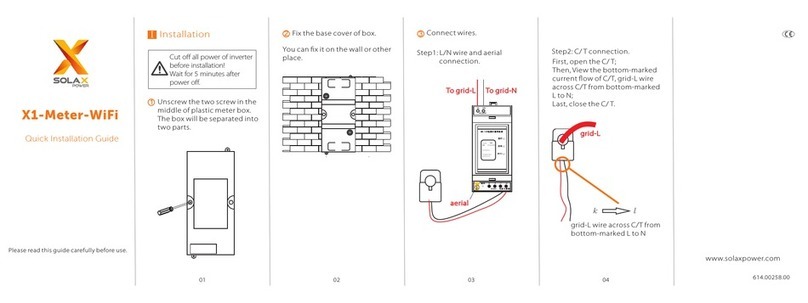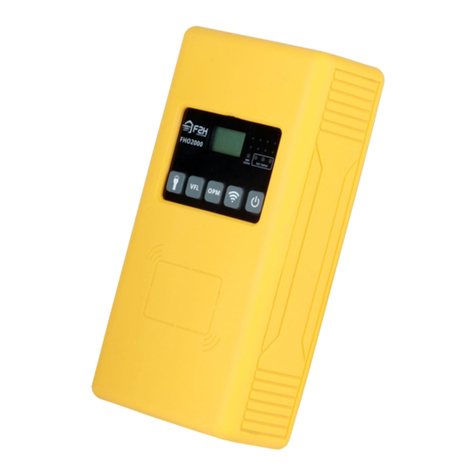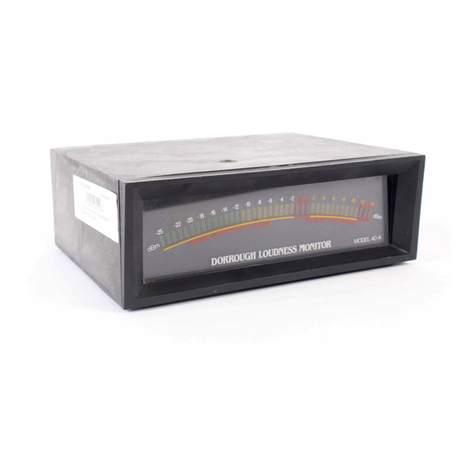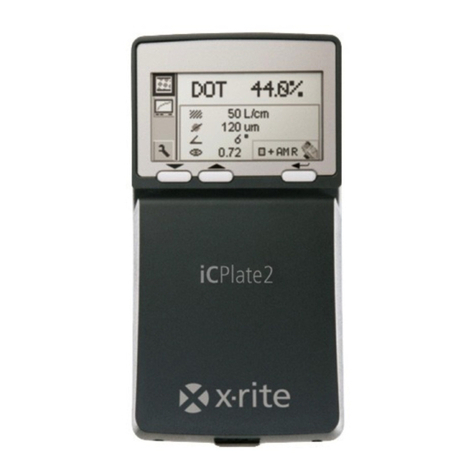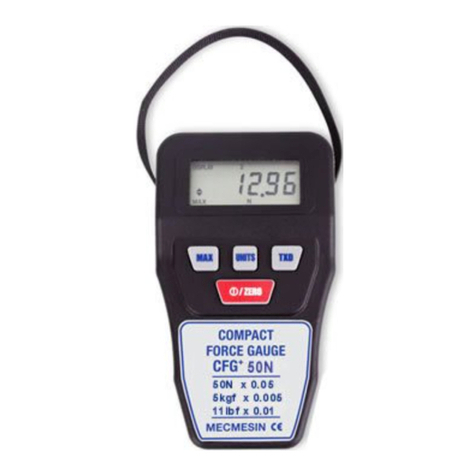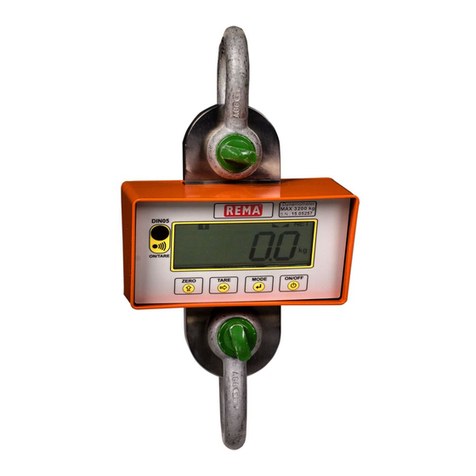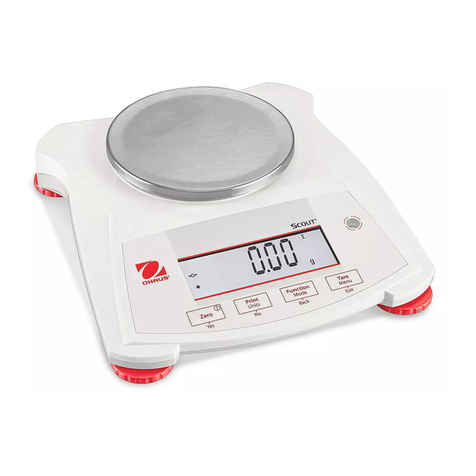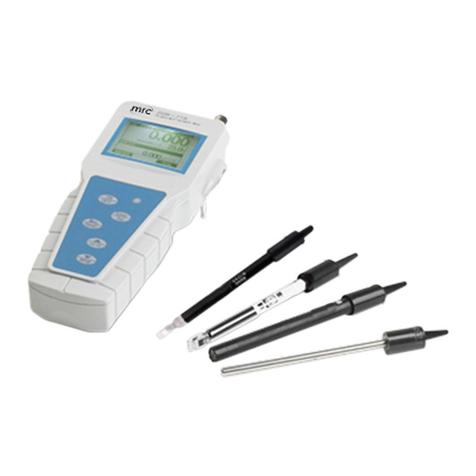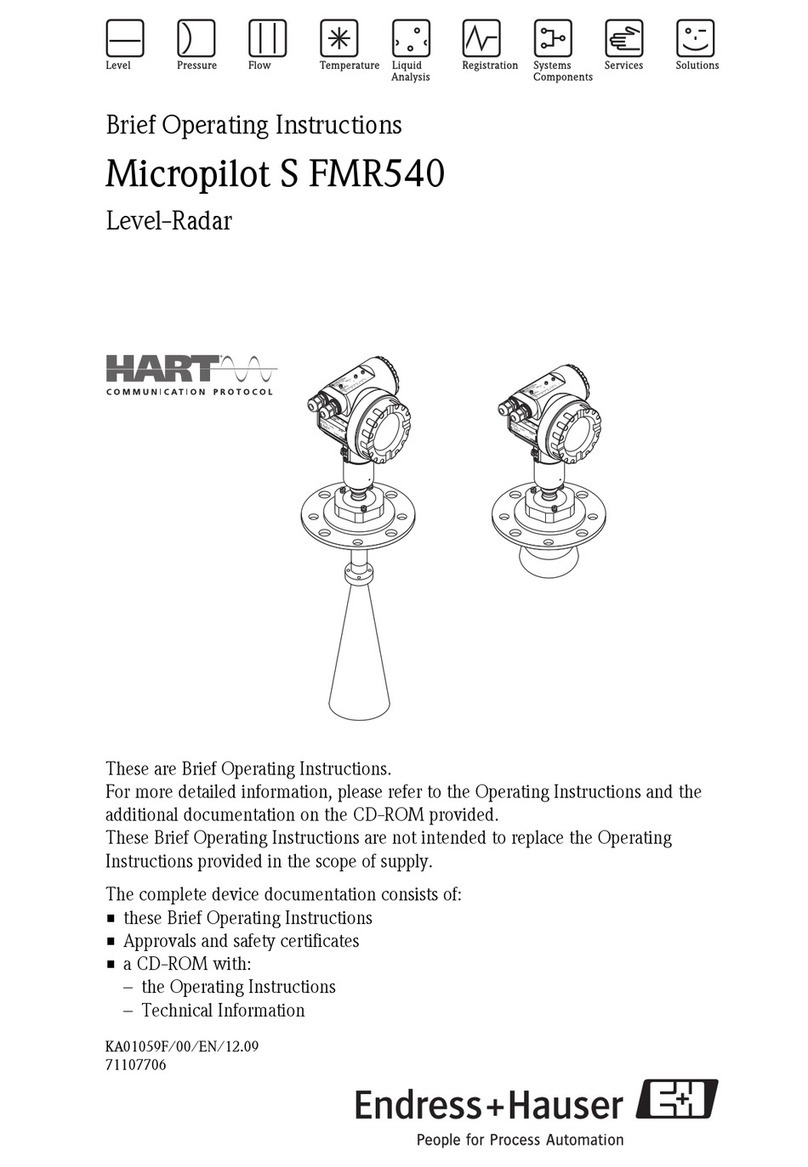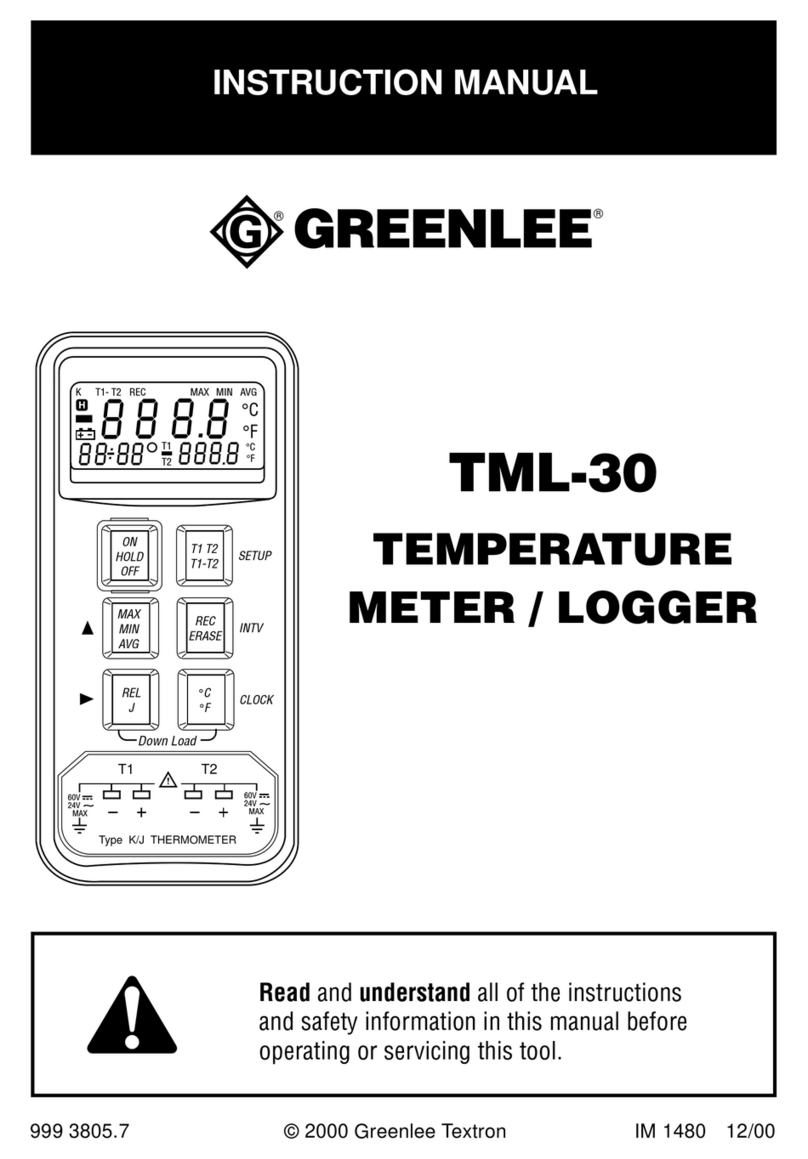TQ Environmental TQ4200 User manual

Doc: G1-4200 Guide-0709
TQ Environmental plc.
Infra ed Gas Detection.
Page 1 of 3
4200 Installation Guide for Refrigerant Leak Detection.
Sighting of the main control panel and alarms.
The main control panel is best mounted at head height, with the LCD display at eye level to
give the best viewing angle. The panel should be mounted outside the area being monitored,
positioned to allow personnel operating within the area to monitor concentration levels before
entry. f the control panel display is not readily visible to operators, then warning beacons
should be fitted. Potential positions for these are above access doors for cold rooms, plant
rooms or bottle stores, preventing access if leaks are detected. Also positioned inside plant
rooms, where operators may be working for prolonged periods. n many cases a single beacon
is sufficient to cover all adjacent areas.
The control panel will accept a mains supply of either 110 or 240 vac and is self detecting.
Mains supply should be via a 5A fuse spur. Alarm beacons, connected directly to the control
panel should be 24v DC.
Sample points.
The leak detection system works by drawing samples of air into the control panel for analysis.
Sample therefore should be taken from areas close to potential leaks or from areas where a
build up of gas could occur. For general monitoring sample points should be at low level (as
refrigerant gas is heavier than air ) approximately 300mm above floor level is a good starting
point as this would normally keep the filters out of harm.
n small cold rooms a single sample point near the entrance is usually sufficient. n larger
spaces a second point close to the evaporator but out of the air blast, to avoid freezing, would

Doc: G1-4200 Guide-0709
TQ Environmental plc.
Infra ed Gas Detection.
Page 2 of 3
pick up any leaks at an early stage. These are normally situated at the rear of the cold rooms.
n large storage rooms additional sample points may be required to cover areas further away
from the entrance especially if there is a potential of leaks from connecting pipework or
valves.
n plant rooms the sample point should be as above for covering the main area. Additional
sample points should be positioned near compressors, expansion chambers, gauge panels,
relief valves, pipe joints and any other areas of potential leaks, to detect refrigerant leaks at an
early stage. n modern installations, all the above equipment is often built onto dedicated skid
units and positioning one or two sample points at either end of these units is usually sufficient
to monitor all points.
ALARM 3ALARM 2ALARM 1
MENU
TQ4200
TQ ENVIRONMENTAL PLC
Flanshaw Way, Wakefield, W Yorks England, WF2 9L
Tel: + 44 (0)1924 380700 Fax: + 44 (0)1924 361700
Email: [email protected] website :http://www.tqplc.com
Refrigerant Gas Monitoring System
PLANT ROOM
1
GAUGE
PANEL
COLD ROOM 1
COLD ROOM 2
4
5
6
COMPRESSOR
2 3
EVAPORATOR
EVAPORATOR
ZERO PO NT
TQ 4200
CONTROL
PANEL
ALARM
BEACON
Sample lines.
For general installations 6mm OD, 4mm D nylon tubing is sufficient and readily available.
When routing sample lines, be aware that short runs will facilitate faster response times. f
possible, sample lines should be run in one continuous length, as using pipe joining couplings
will cause flow restrictions. ( n practice the cost of a single length of tubing is often less than
the coupling. ) Avoid tight bends as this will kink nylon tubing causing blocked lines. Sharp
corners on framework etc can also cut the sample lines over time, especially on vibrating
machinery.
t is best to run pipework at head height or above where it is less likely to encounter
mechanical damage, such as being cut or crushed by machinery. Be careful not to cause a
hazard to personnel however by suspending pipework across open areas, from compressors
etc. Also avoid heat sources and hot pipework ( often found on compressors ) as this will melt
nylon tubing. f a more mechanically resistant tubing is called for, small bore copper tubing
can be used in these areas. Tubing should be clipped and tied to framework and walls at

Doc: G1-4200 Guide-0709
TQ Environmental plc.
Infra ed Gas Detection.
Page 3 of 3
regular intervals, similar to cable installations. Avoid unsupported loops and sags that can
cause damage to pipework and personnel.
When running lines out of cold rooms, avoid passing through freezer compartments as this
can cause blockages due to condensation freezing in the sample lines. Also avoid long runs
inside freezer compartments, as condensation will freeze in the line. When sampling these
areas it is best to drop a short length of tubing through the ceiling to the sample point.
End of Line filters.
P Clip
30mm
40mm
15mm
Filter
Element
Although the control panel is fitted with internal filters, to avoid problems internally it is
recommended that End of Line filters are fitted. These can be of a disposable bonded fibre
type or a stainless steel element that can be cleaned and replaced. When positioning these end
of line points, again avoid areas where they could become damaged or crushed. n cold
storage rooms, position the filter in a clear air space, not in a position where it will become
closely packed by stored items. Also avoid areas that are prone to freezing (ice formed by
drips or leaks ) as filters will become blocked by frozen condensation.
When monitoring from plant rooms and machinery, avoid locations where oil or water
splashes can be sucked into the sample line, machinery drip trays for example. f monitoring
from external areas keep End of Line filters out of water or rain or splashes and avoid
condensation running down the sample lines to the filter. For ease of identification it is a good
idea to mark each end of a sample run with the sample line or channel number. This will help
when pinpointing potential refrigerant leaks and future problem solving. Sample lines can be
identified using suitable cable marking systems.
Zero point.
The zero point, connected to the “0” line, is the reference for zero gas. t should be positioned
in clean air and the end point has a charcoal filter fitted to filter out any unwanted gas from
this reference point. t is usual to have this mounted next to the control panel as this is usually
also in a clear air space. t is not necessary to run the zero line outside. Positioning it next to
an air vent is usually sufficient and again avoid sucking water into the zero line.
Table of contents
Other TQ Environmental Measuring Instrument manuals
